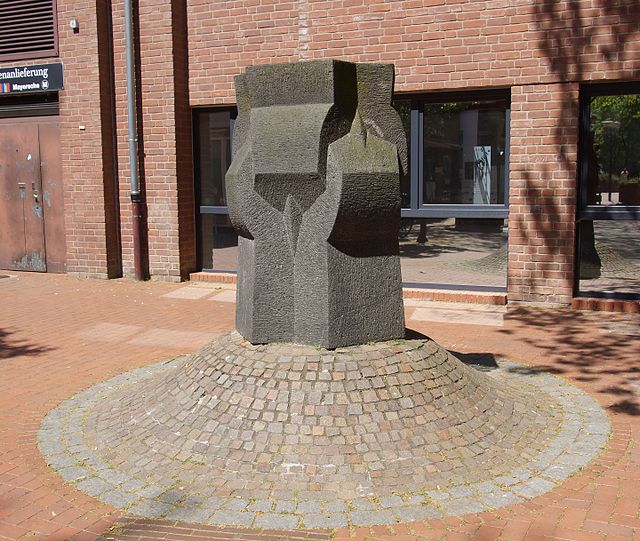The trucker's hitch is a compound knot commonly used for securing loads on trucks or trailers. The general arrangement, using loops and turns in the rope itself to form a crude block and tackle, has long been used to tension lines and is known by multiple names. Knot author Geoffrey Budworth claims the knot can be traced back to the days when carters and hawkers used horse-drawn conveyances to move their wares from place to place.
Trucker's hitch with alpine butterfly loop
Truckers' Hitch With Simple Slip knot as upper loop
Truckers' Hitch With Twisted Slip knot as upper loop
Truckers' Hitch With Figure-eight slip knot / noose as upper loop
A knot is an intentional complication in cordage which may be practical or decorative, or both. Practical knots are classified by function, including hitches, bends, loop knots, and splices: a hitch fastens a rope to another object; a bend fastens two ends of a rope to each another; a loop knot is any knot creating a loop; and splice denotes any multi-strand knot, including bends and loops. A knot may also refer, in the strictest sense, to a stopper or knob at the end of a rope to keep that end from slipping through a grommet or eye. Knots have excited interest since ancient times for their practical uses, as well as their topological intricacy, studied in the area of mathematics known as knot theory.
Knot board [es] on Elbe 1 (ship, 1965)
An example of a quipu from the Inca Empire, currently in the Larco Museum Collection.
Alexander cuts the Gordian Knot, by Jean-Simon Berthélemy (1743–1812)
Gordian Knot statue (1990)





![Knot board [es] on Elbe 1 (ship, 1965)](https://upload.wikimedia.org/wikipedia/commons/thumb/d/da/Knopar_-_2017.jpg/640px-Knopar_-_2017.jpg)


